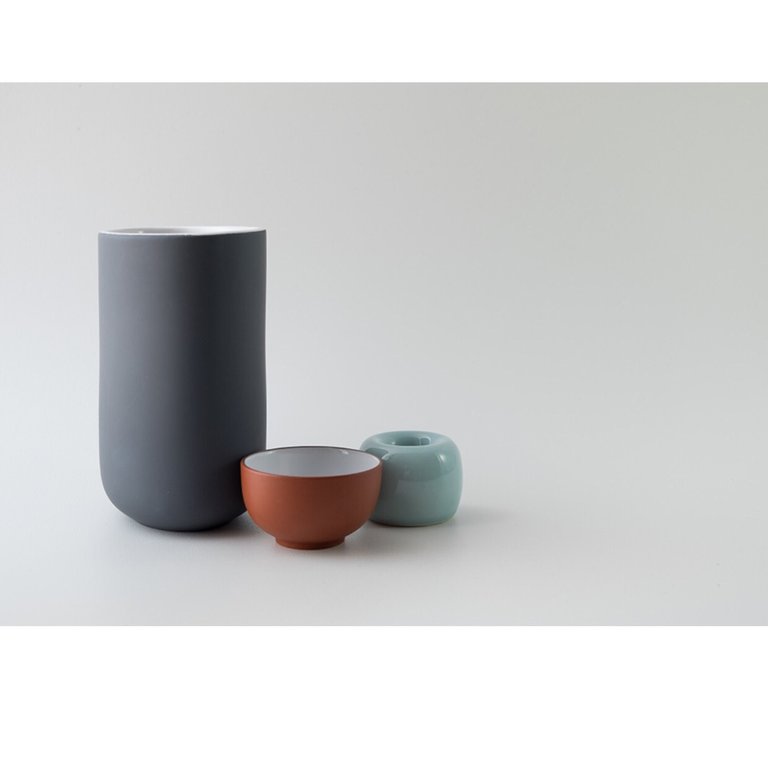
Separating the wheat from the chaff
There is a simple rule of thumb to help keep your home tidy: the less junk, the less time it takes to clean. And to identify this very rubbish, use one of the methods below:
Japanese method
Starting cleaning, we divided all things into “necessary”, “necessary, but not urgent” and “unnecessary”. The first category includes those items that you use at least once a month, the second includes those that become relevant from time to time (for example, fishing rods, skates, etc.), and the third - everything that you have not touched more than a year. Put "necessary" things in their places, "necessary, but not urgent" hide in the mezzanine or further into the closet, and things from the third category must be disposed of.
4T method
The name of this method comes from the English words treasure, tool, toy and trash. Everything that does not belong to the first three categories automatically falls into the fourth - and rubbish, of course, has no place in your house.
Boogie method of 27 shots
This method was invented by the founder of the fly lady system, Marla Scilly: every day she goes through the house with a garbage bag, collecting unnecessary things in it. Her goal is to collect 27 items in a package. If you do this regularly (and best of all with music!), Then the path to order will become shorter and shorter each time.
Quarantine
You cannot immediately decide: do you need these things or not? Make temporary storage for them. Put a box in the corridor with the inscription "quarantine" and put all the items there that are a pity to throw away, but what to do is not yet clear.
Every two weeks (you can set your own term) review the contents of the box. If during this time you understand exactly that you need a thing, then find a permanent place for it. And if this did not happen - it's time for her to change the owner or, sadly enough, to go to the landfill.
Folder "This case will haunt me" and others
If your desktop is full of letters, receipts, documents, necessary and unnecessary papers, and any attempt to sort them creates even more confusion, then Judith Kohlberg's method will help you. The author of the Overcoming Chronic Disorganization manual suggests sorting things using the “mumbling technique”. Next time, going through the papers, listen to yourself: "Haven't I answered this letter yet?" or "This case will pursue me!" Write these phrases down, and then use them to name the folders. It will become much easier to navigate through the papers!
Excess tax
In order to reduce the number of things in the house, establish a "excess tax". For example, for every thing that comes in the house, two must go. It is more convenient to follow this principle within each category - "books", "toys", "dishes", etc.
Sorry for my bad english
Source of plagiarism
Direct translation without giving credit to the original author is Plagiarism. Repeated plagiarism is considered fraud. Fraud is discouraged by the community and may result in the account being Blacklisted.
Guide: Why and How People Abuse and Plagiarise
Please note that direct translations including attribution or source with no original content are considered spam.
If you believe this comment is in error, please contact us in #appeals in Discord.